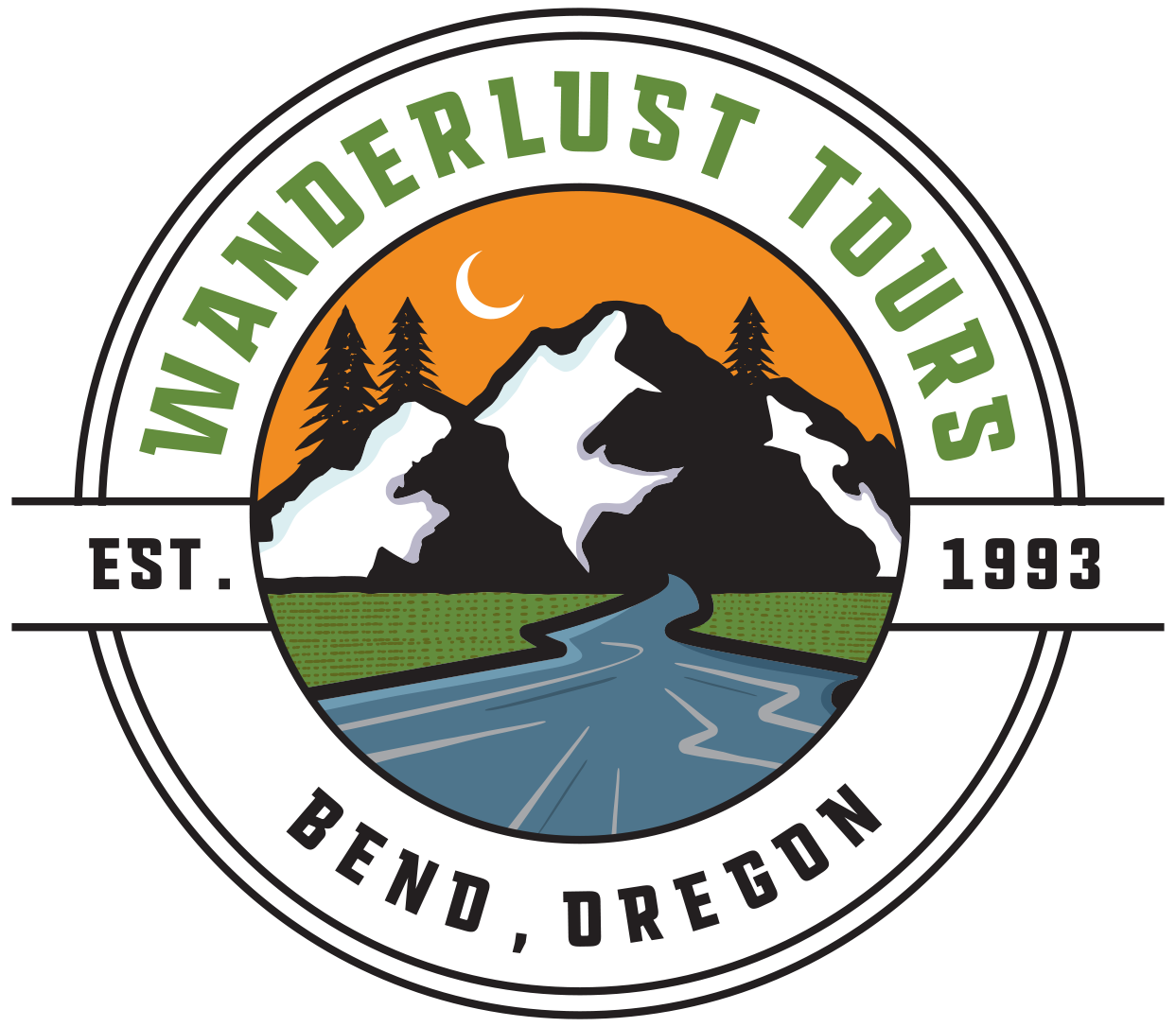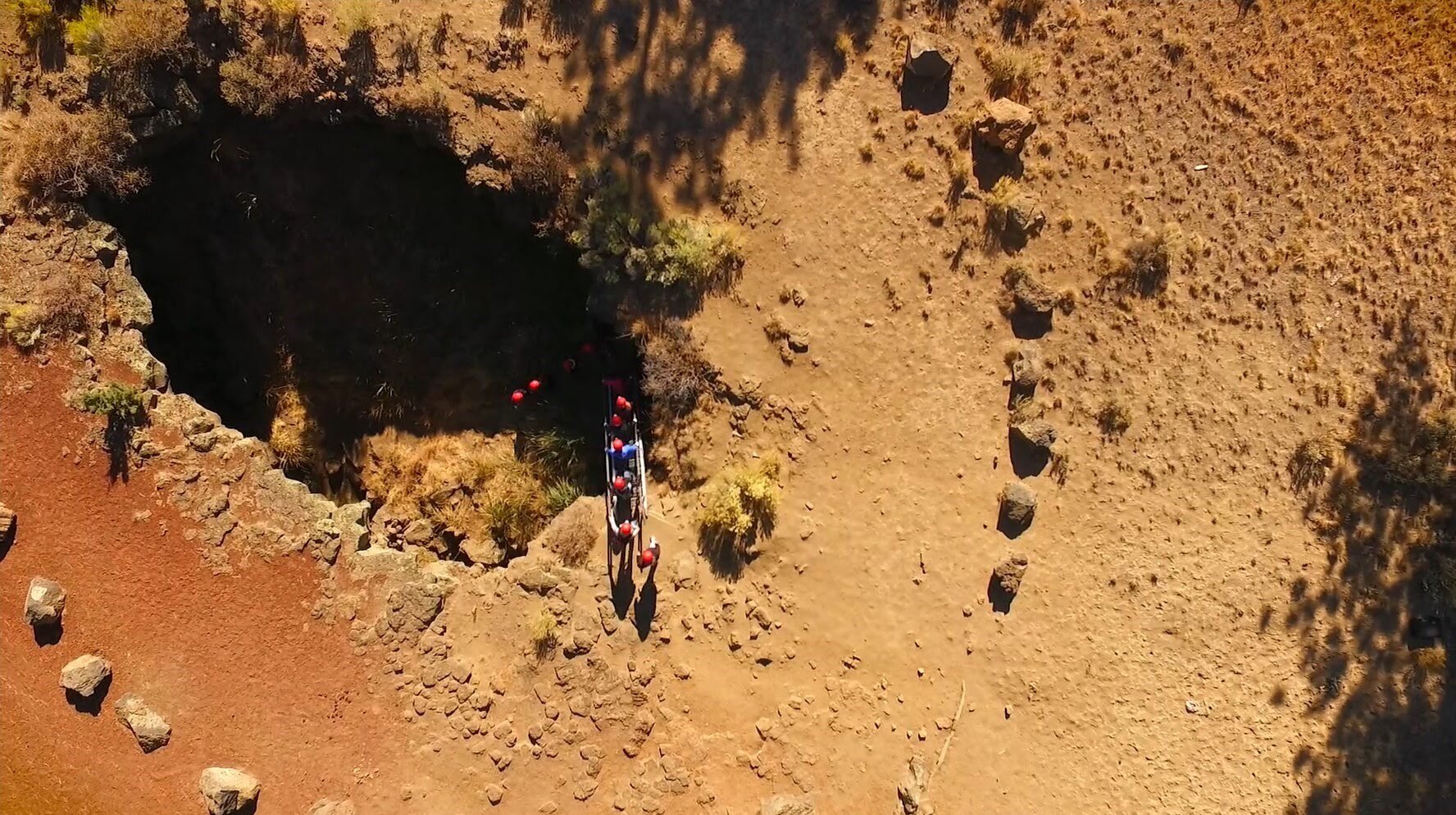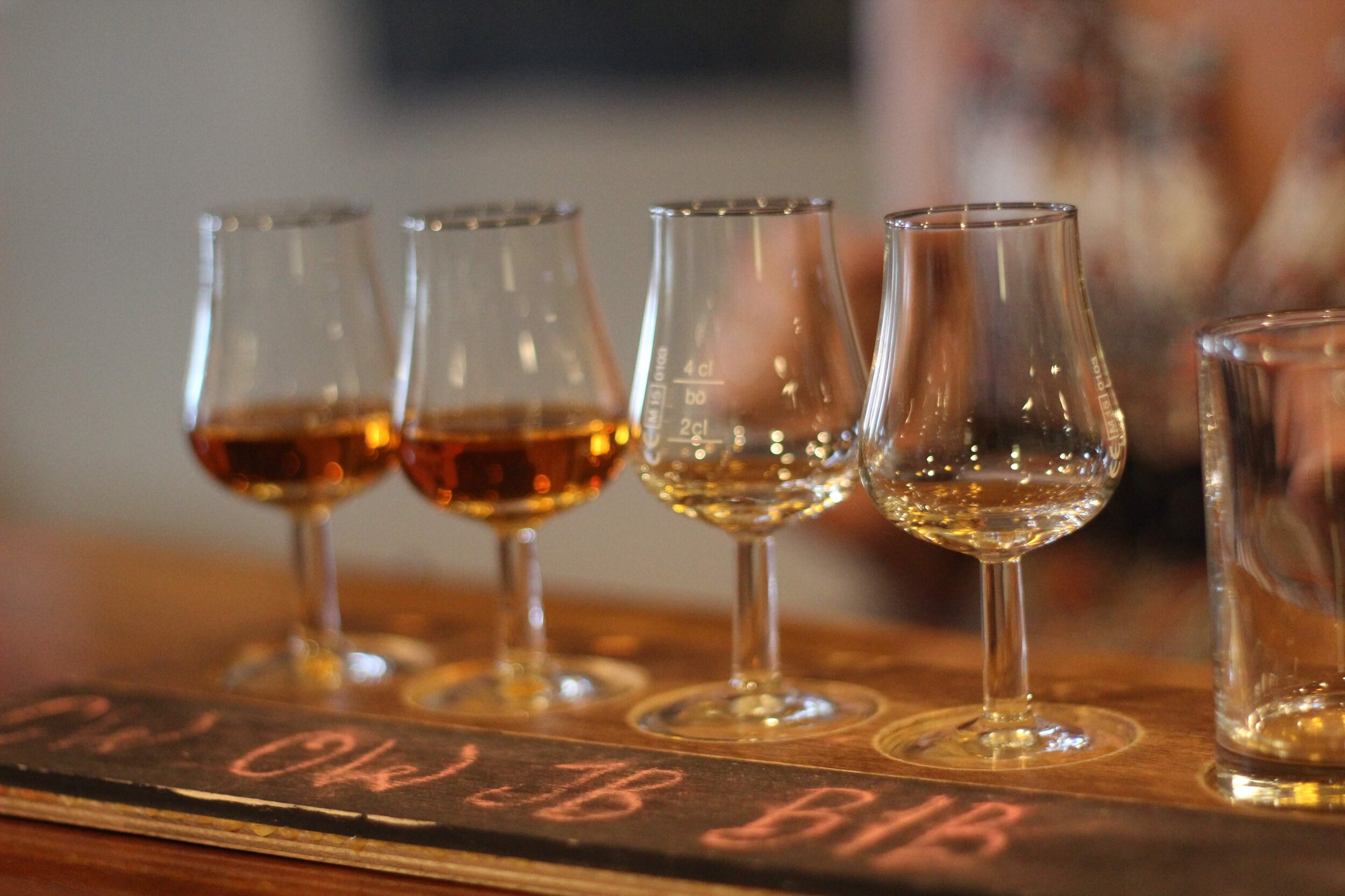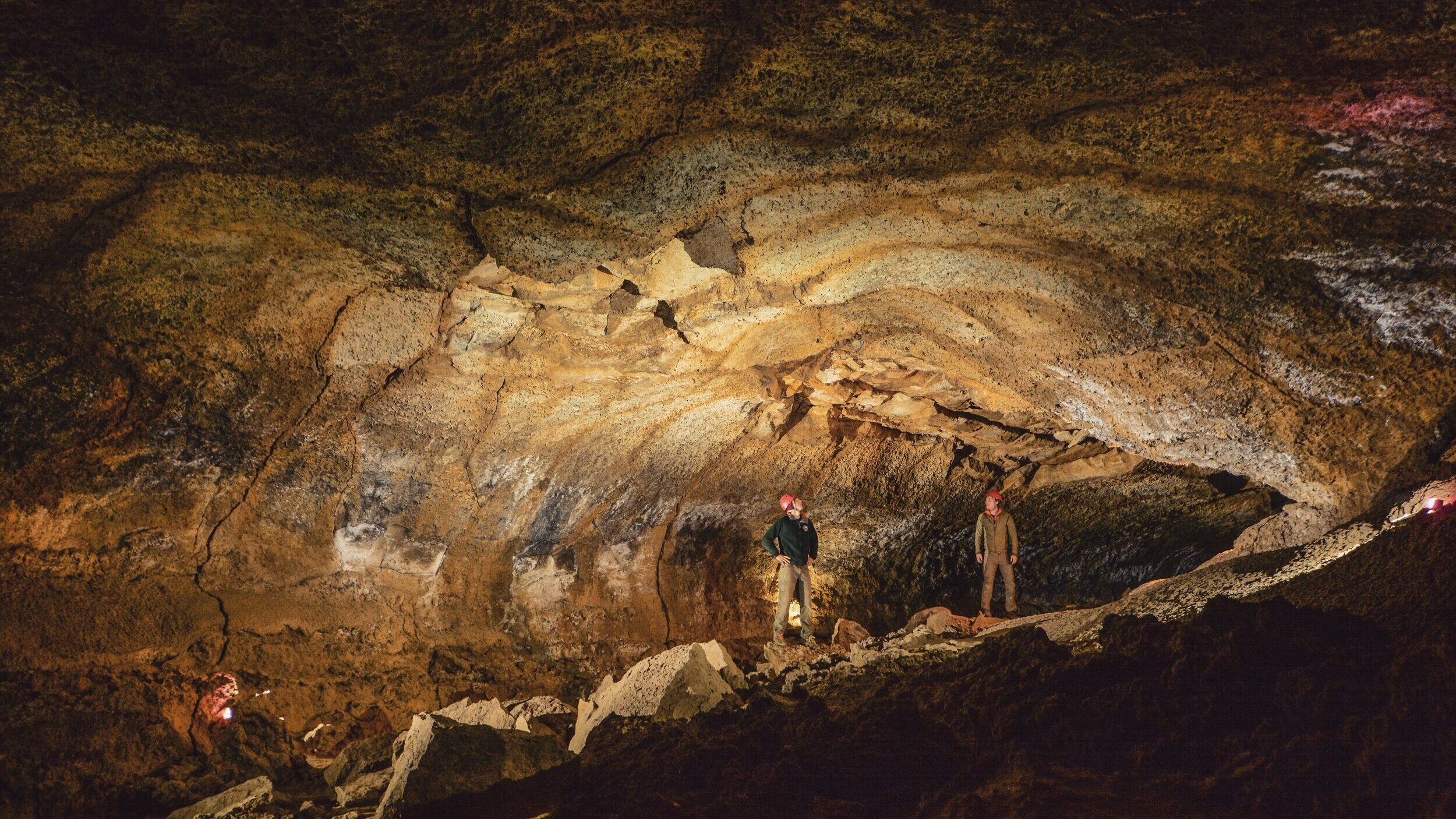LEARN ABOUT Oregon & SHARE YOUR KNOWLEDGE BELOW FOR THE CHANCE TO SCORE A HALF-DAY TOUR!
February 14 marks the birthday of our beloved State of Oregon. It’s an opportunity to take a look back on some of the iconic places and accomplishments. Enjoy!
Crater Lake
Oregon's Gem, the state's only National Park... whaaat? amidst all of the beautiful locations in our 9th largest state of the union!? I guess we do it right when we do it and for that a huge shout out to William Steel and Judge John B. Waldo.
Waldo, after whom Waldo Lake is named, helped Steel convince Congress to set aside 183,000 acres for the preservation of its volcanic qualities and beauty. The Act occurred in May 1902, 43 years after our statehood.
Crater Lodge was completed in 1915 to satiate curious and, at that time, intrepid visitors who sought the incredible vistas and sensory experiences one can still relish today! The lodge, now rebuilt after nearly collapsing under the great snowfalls, remains a sentinel on the rim.
And, oh that volcanic rim! That's where Wanderlust leads outstanding tours on snowshoes every winter. The depth of snow, blue of the water, white of the snow and green of the trees fills one's soul. Gather a group of friends and family and let's visit Oregon's only National Park together!
Lava & Librations
With all of this incredible volcanic history comes some pretty incredible human history as well. The volcanoes around Oregon have created some interesting locations underground that have been a part of human history for over 14,000 years. We have found some unique discoveries of evidence of indigenous inhabitants in several Oregon caves that include the fort rock sandals found by Luther Cressman in Fort Rock Cave and a few coprolites found by Dennis Jenkins in Paisley Caves. The sandals found by Cressman were dated to over 9,000 years old making them the oldest known footwear in North America at the time of their discovery, while the coprolites found by Jenkins were more than 14,000 years old.
Here in central Oregon, we have evidence of native cave use as early as 1370 AD as discovered by fire pits outside some of the caves. Our caves were not precious just to Native Americans, but they were also used by the early settlers of central Oregon. Arnold Ice Cave was discovered by the early settlers to central Oregon in the late 1800’s. The Delaware Ice Company harvested this ice from the cave and brought it into town to supply locals with ice.
At the turn of the century the interest in logging around central Oregon had really taken off, railroads began to be constructed, mills were being built, and lumberjacks were flocking to Bend. There was however one big problem for those lumberjacks. The mills opened in 1916, which happened to be the year that Oregon invoked statewide prohibition. This was 4 years prior to federal prohibition. As people in central Oregon wanted to continue to drink alcohol, they turned to the caves as a place to illegally distill whiskey away from prying eyes.
In the past, these caves have been important to different people for different reasons. In the present our caves are used by humans as a beautiful place to explore and discover the fantastic geologic wonders Oregon has to offer. As long as we take care of them, these caves have potential to continue to be a place of learning, a place of exploration, and a place that reminds us where we came from.
If you are interested in learning more about the long history of cave formation and human use, check out our prohibition cave tours, where we spend some time underground exploring the caves as well as some time on the surface enjoying some locally crafted spirits.
Oregon's Volcanoes:
Past - Present - And Potential
Oregon is the 2nd most Volcanic state in the US and within Oregon, Mt. Hood is one of our most recently active.
In 1806, Lewis & Clark named a river on the south side of the Columbia River gorge the “Quicksand River.” This river is now known as the Sandy River. The original name fit however due to a 1790 volcanic eruption which caused a tremendous amount of volcanic rock and sand to enter the Sandy River drainage. That sediment was still being flushed downstream when Lewis and Clark saw and named the river.
Not only did that eruption deposit in, flood and carve many river drainages, but it also formed the iconic Crater Rock towards the summit of Mt. Hood which is the remnant of a collapsed lava dome. Even though Mt. Hood hasn't erupted in the past 200 years, it does not mean that we don't see evidence of activity or resulting effects from previous activity.
Fumaroles around Crater Rock still off-gas, and lahar flows still remind us of our volcanic geology both past, present and potential. As recent as 1980, heavy rains rapidly melted snow and the result was a massive landslide in Polallie Creek. This lahar flow reached speeds of 35mph and temporarily dammed the East Fork of the Hood River, destroying 5 miles of highway, 3 bridges, a state park and killing one camper-all costing the state $13 million.
Lahars such as this occur with relative frequency. The importance of the volcanic nature of the Oregon Cascades combined with the importance of our snowpack to feed our rivers, lakes and streams shows us the delicate balance that Oregonians live with daily.
Here in central Oregon we have the Newberry Volcano and the Three Sisters that continue to show evidence of potential eruption and current activity. This evidence is seen in different ways including geothermal, bulging, and recent flows. Whether you are paddling one of our Volcanically dammed Cascade Lakes staring at the source volcanoes, tromping through the forest on snowshoes running down snow covered lava rocks, or sampling volcanically filtered beers in the natural world, it is hard to escape our volcanic history and influence!
Photo by Danny Walden
Wanderlust Trivia
Share your knowledge below for the chance to score a half-day tour!
Winner will be announced in our next Newsletter





















